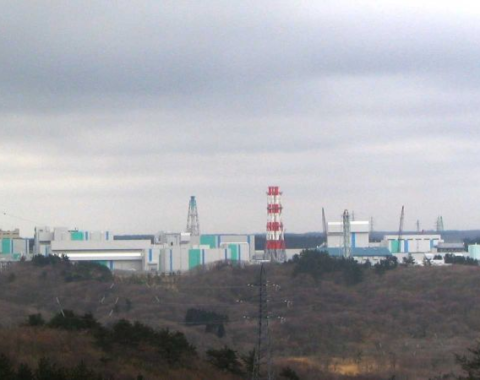Most know California for the beautiful beaches and mountains, the rich and famous, and landmarks like the Golden Gate Bridge. But did you know that California also ranks as the second-highest electricity consuming state in the U.S., second only to Texas who holds the number one spot? It’s a big job to manage this power grid and is done so by the California Independent System Operator (CAISO).
CAISO recently released their Transmission Plan for 2023 – 2024, based on California’s need for over 85 gigawatts (GW) of capacity by 2035 to meet the expected energy need and satisfy California’s greenhouse gas reduction goals.
This $6.1 billion plan includes 26 transmission projects – supporting over 38 GW of solar generation, 15 GW of wind generation, 21 GW of geothermal, with import of 5.6 out-of-state wind generation from Idaho, Wyoming, and New Mexico, and 4.7 GW from offshore wind generation. These
projects include:
·A new Humboldt 500 kV (kilovolt) substation complete with a 500 /115 kV transformer.
·A new HVDC (high volage direct current) line (approximately 260 miles), initially operated as a 500 kV AC (alternating current) line to interconnect the new Humboldt 500 kV substation to the Collinsville 500 kV substation.
·A new 500 kV AC line (approximately 140 miles) to interconnect the new Humboldt 500 kV substation to the Fern Road 500 kV substation.
·A 115 kV line from the new Humboldt 500 kV to existing Humboldt 115 kV substation, and a 115 kV /115 kV phase shifting transformer (PST) at Humboldt 115 kV substation.
·And a series of smaller upgrades meant to improve the supply of load and access to other smaller resource zones.
The projects are planned to be phased in over the next 8-10 years at an expected cost of 0.5 cents per kWh (kilowatt hour), but the impact on customer cost is yet to be determined.




